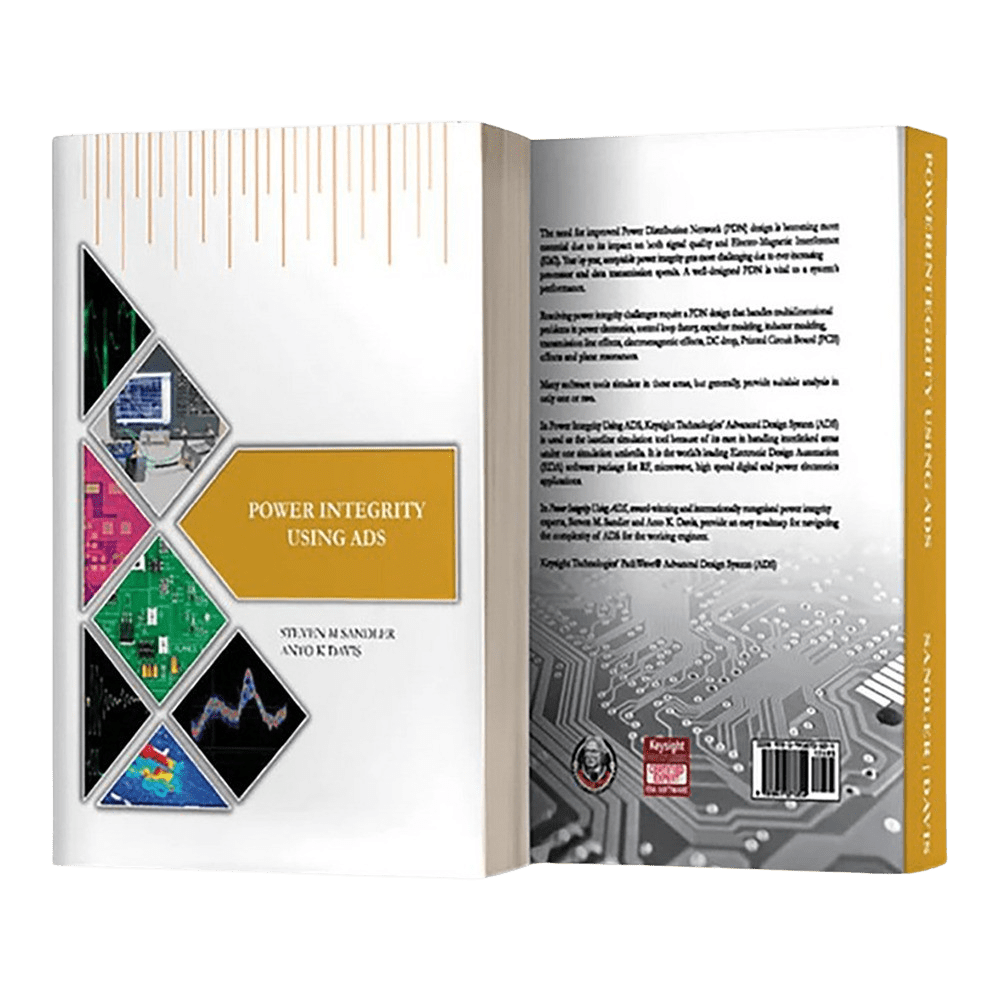Picotest
Buch „Power Integrity Using ADS“ von Steven Sandler
Buch „Power Integrity Using ADS“ von Steven Sandler
Comprehensive Guide to Power Integrity Simulation Using ADS
SKU: ADSBK
Normaler Preis
€170,95 EUR
ohne MwSt
Normaler Preis
Verkaufspreis
Grundpreis
pro
€170,95 EUR
ohne MwSt
Versand wird beim Checkout berechnet
If no stock is shown above, order now and we'll ship within 7 working days.
Verfügbarkeit für Abholungen konnte nicht geladen werden
Key Features
- Comprehensive guide to power integrity simulation using Advanced Design System (ADS)
- Written by renowned power integrity expert Steven M. Sandler
- Covers end-to-end PDN simulation, including VRM selection and decoupling optimisation
- Provides practical examples and ADS workspaces for hands-on learning
- Demonstrates use of ADS Harmonic Balance simulator for fast, accurate power
- Focuses on measurement-based modelling for high-fidelity simulations
- Equips engineers to optimise PDN performance and reduce design iterations


